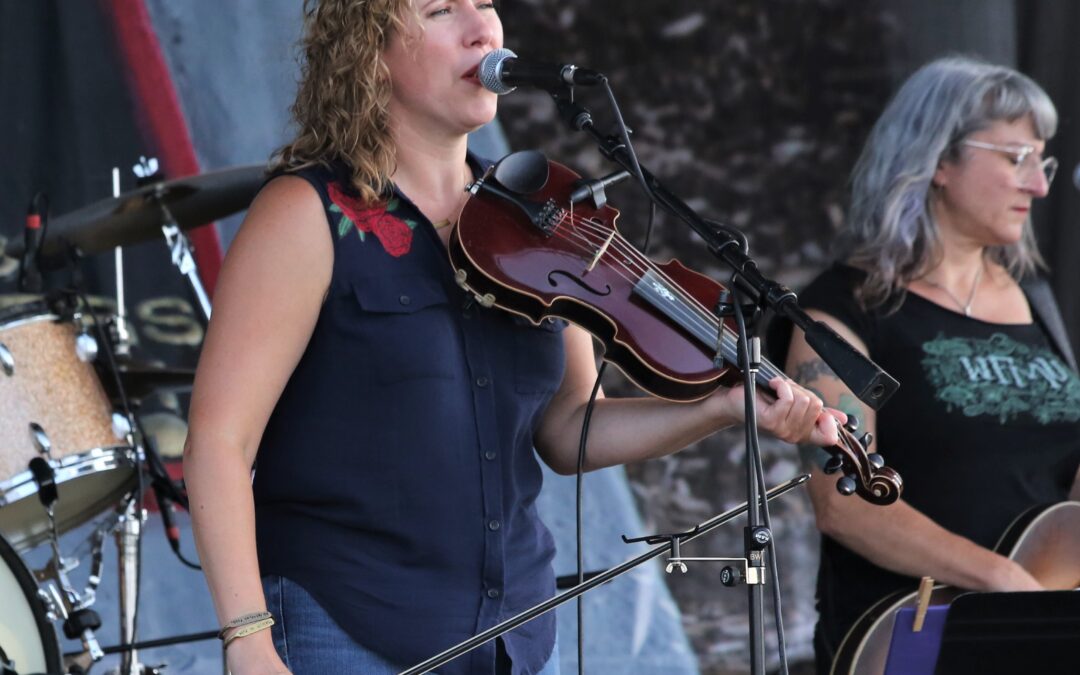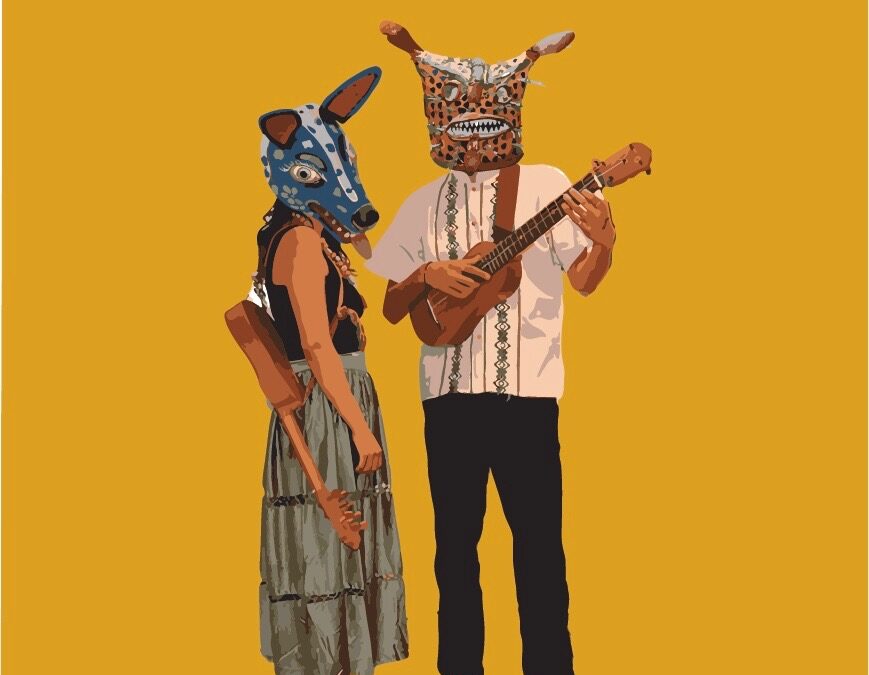Sara Milonovich is an award-winning songwriter and fiddler from the Mohawk Valley who performs nationally and internationally with her alt-country band, Sara Milonovich & Daisycutter. A 2023 winner of the Bluebird Golden Pick Contest (Bluebird Cafe/Taylor...



